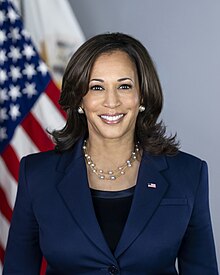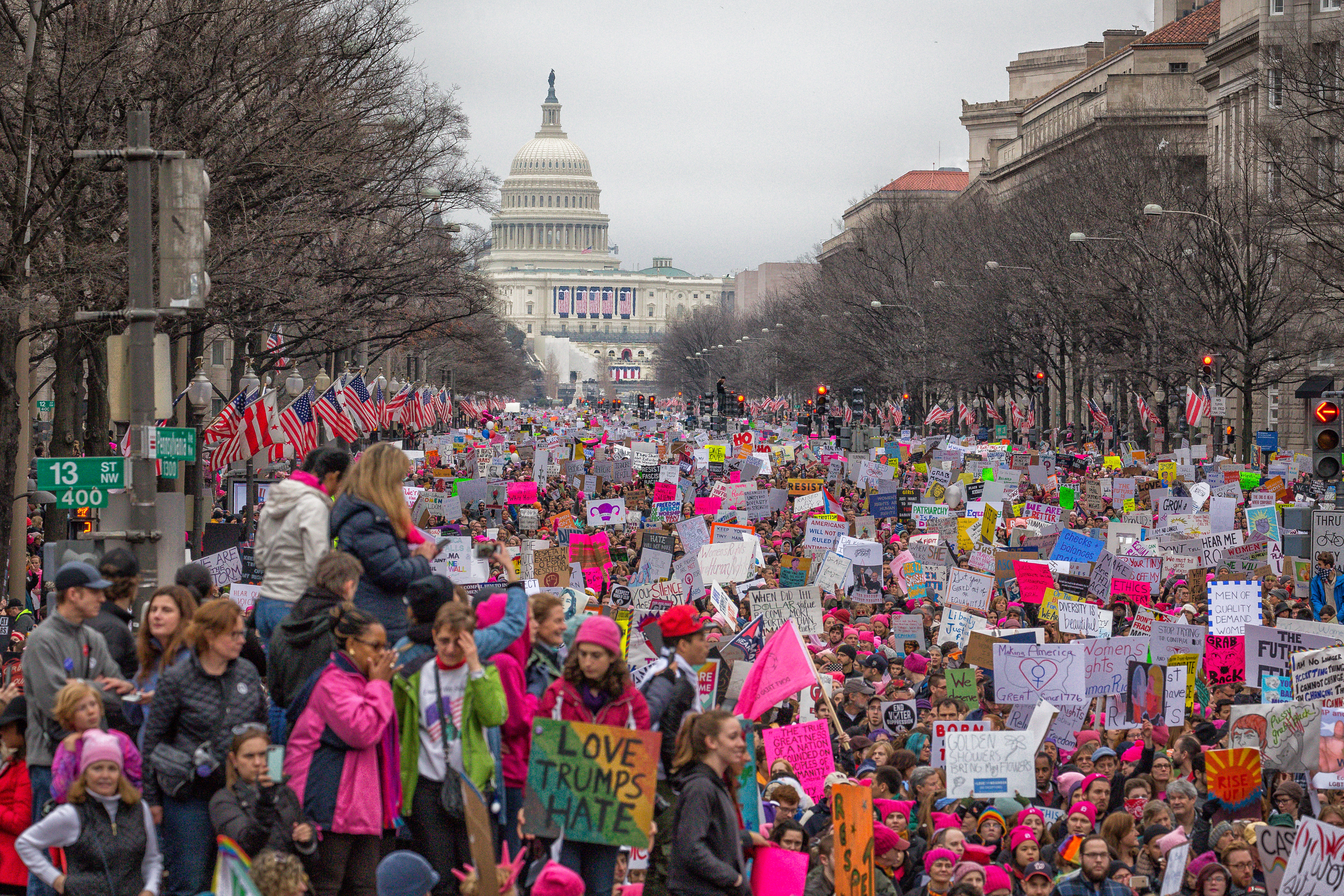By Stuart Stevens
Until November 5th, political campaigns will dominate our national conversation. It is an extended version of March Madness with a far larger fan base. The ups and downs of the Trump vs. Harris race will be analyzed constantly and be the subject of hours of discussion with friends, ...
Upgrade to a "Resolute Supporter" subscription to access this content












